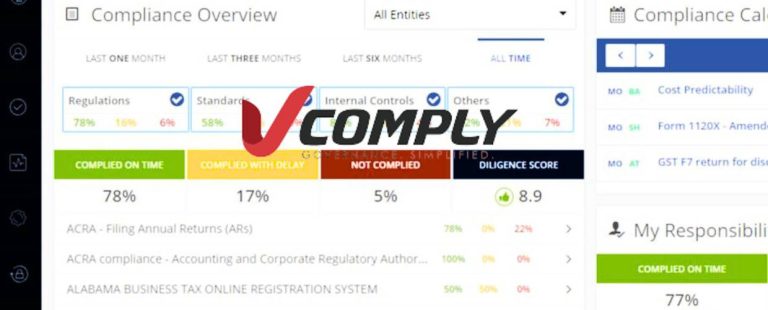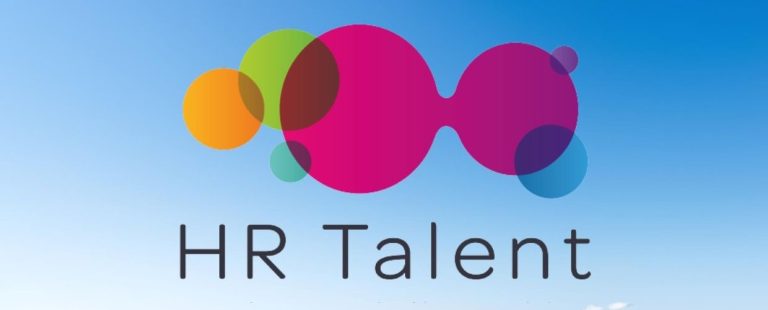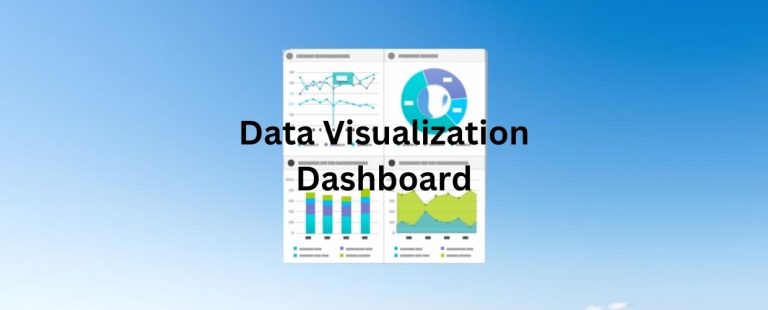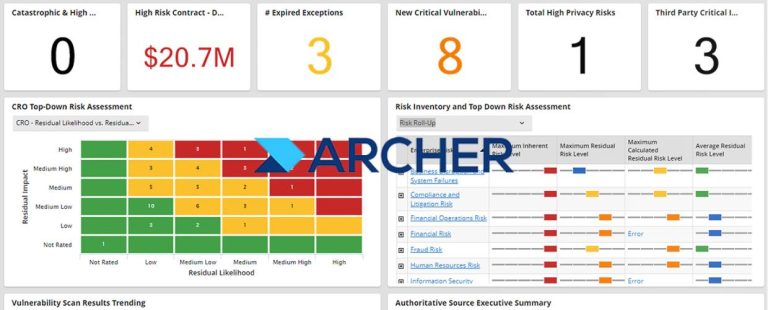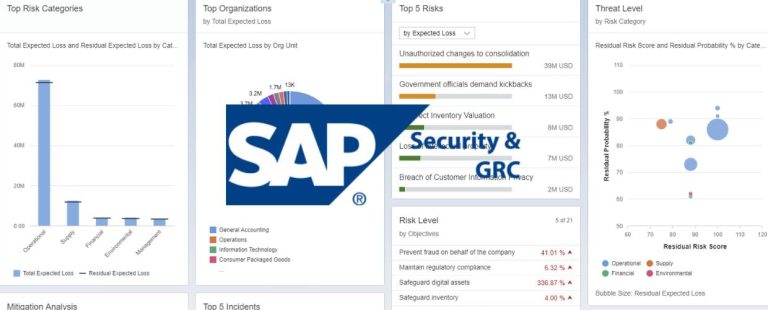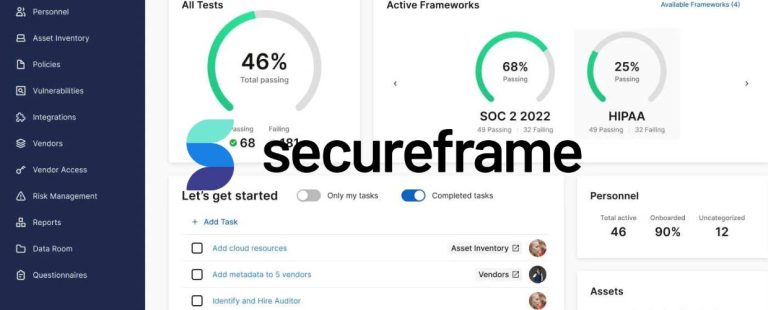In today’s complex and ever-changing business landscape, organizations face many challenges, including compliance with many laws, regulations, and industry standards. Managing these compliance requirements efficiently and effectively requires a holistic approach integrating Governance, Risk Management, and Compliance (GRC). GRC compliance is a strategic framework that aligns these three critical components to foster a resilient and ethically-driven organization. This article delves into GRC compliance, its significance, and its benefits to organizations in navigating the ever-evolving regulatory environment.
Understanding GRC Compliance
GRC compliance is a comprehensive approach that brings together three key pillars.
Governance
Governance establishes policies, processes, and controls to guide the organization’s direction and decision-making. Effective management ensures that the organization’s strategies and operations align with its mission and values. Governance structures often include a board of directors or an executive leadership team responsible for setting the organization’s objectives and defining its risk appetite. An essential aspect of governance is defining roles and responsibilities within the organization. Clear accountability ensures that decision-making processes are transparent and individuals are held responsible for their actions.
Risk Management
Risk management involves identifying, assessing, and mitigating risks that could impact the achievement of organizational objectives. A robust risk management framework enables organizations to address potential challenges and seize opportunities proactively. Risk identification entails evaluating internal and external factors affecting the organization’s ability to gain its goals. It includes financial, operational, compliance, reputational, and strategic risks, among others. Risk assessment quantifies the impact and likelihood of identified risks. Organizations can prioritize threats based on severity and potential consequences by focusing their resources on mitigating high-priority risks. Risk mitigation strategies involve implementing controls and measures to decrease the likelihood or impact of identified risks. These strategies aim to prevent or minimize the adverse effects of risk events.
Compliance
Compliance encompasses adherence to applicable laws, regulations, industry standards, and internal policies. Compliance ensures that the organization operates ethically, responsibly, and by the industry’s legal requirements. Organizations must stay informed about changes in the regulatory landscape and adjust their practices to comply with the latest requirements. Non-compliance with regulations can result in legal consequences, financial penalties, reputational damage, and loss of trust among stakeholders. GRC compliance integrates these three pillars to establish a unified framework that fosters transparency, accountability, and ethical conduct throughout the organization.
The Significance of GRC Compliance
Ensuring compliance with GRC (governance, risk, and compliance) standards is crucial for any organization. It helps mitigate risks, prevents potential legal issues, and fosters a culture of transparency and accountability.
Comprehensive Risk Management
GRC compliance enables organizations to assess risks comprehensively, considering internal and external factors. Organizations can make informed decisions that protect their interests and stakeholders by identifying and mitigating risks in a coordinated manner. This comprehensive risk management approach minimizes the likelihood of unexpected disruptions and enhances the organization’s ability to achieve its objectives.
Efficient Resource Allocation
GRC compliance allows organizations to optimize resource allocation by prioritizing risks and compliance requirements. This strategic approach ensures that resources are focused on areas with the most significant impact on business objectives. Rather than spreading resources thinly across all risks, GRC compliance ensures that efforts are concentrated where needed most.
Enhanced Decision-Making
With GRC compliance, organizations can access accurate and up-to-date risks and compliance status data. This information empowers decision-makers to make informed choices aligned with the organization’s risk appetite and long-term goals. By comprehensively viewing risks and compliance issues, decision-makers can respond promptly to emerging challenges and take advantage of new opportunities.
Streamlined Compliance Processes
By aligning governance, risk management, and compliance efforts, GRC compliance simplifies and streamlines compliance processes. This integration reduces redundancies and inefficiencies, leading to cost savings and improved operational efficiency. Rather than managing each aspect separately, GRC compliance promotes a unified approach that fosters better coordination among different teams and departments.
Resilience and Adaptability
GRC compliance promotes organizational resilience by fostering a culture of agility and adaptability. Organizations can respond swiftly to changing regulatory requirements, market dynamics, and emerging risks. Organizations can better withstand external shocks and disruptions by having a proactive risk management strategy and a culture that values compliance.
Implementing GRC Compliance
To implement GRC compliance successfully, organizations can follow these key steps.
- Risk Assessment: Conduct a comprehensive risk assessment to identify and prioritize risks relevant to the organization’s operations, goals, and industry. Collaborate with subject matter experts, stakeholders, and leadership to better understand potential risks.
- Compliance Mapping: To ensure alignment, map relevant laws, regulations, and industry standards to the organization’s policies and procedures. Regularly update the compliance matrix to reflect any changes in the regulatory landscape.
- Policy Development: Develop robust policies and procedures that reflect the organization’s values, industry best practices, and regulatory requirements. Communicate these policies to all employees and stakeholders and provide training on their implementation.
- Training and Awareness: Educate employees at all levels about the importance of GRC compliance and their role in maintaining a compliant and ethical organizational culture. Training should cover relevant laws, regulations, internal policies, and best practices.
- Monitoring and Reporting: Establish monitoring mechanisms to track compliance status and risk exposure. Regular reporting to stakeholders ensures transparency and accountability. Implement tools for employees to report potential compliance issues or risks.
- Continuous Improvement: Embrace a culture of continuous development by regularly reviewing and updating the GRC compliance framework based on feedback, industry changes, and lessons learned. Encourage a proactive approach to identifying and addressing risks and compliance gaps.
Conclusion
GRC compliance represents a strategic approach to managing the complex and interconnected challenges of governance, risk management, and compliance. By integrating these pillars, organizations can build a resilient, ethically-driven foundation supporting sustainable growth and success. GRC compliance enables efficient risk management, streamlined compliance processes, and enhanced decision-making. Organizations that embrace GRC compliance foster a culture of transparency, accountability, and adaptability, positioning themselves to thrive in a dynamic and ever-evolving business landscape.
By continuously monitoring and adapting to regulatory environment changes, organizations can confidently navigate the complex compliance landscape, ultimately contributing to their long-term growth and organizational success. A solid commitment to GRC compliance protects organizations from potential risks and legal consequences and strengthens their reputation as responsible and trustworthy entities within their industries.



